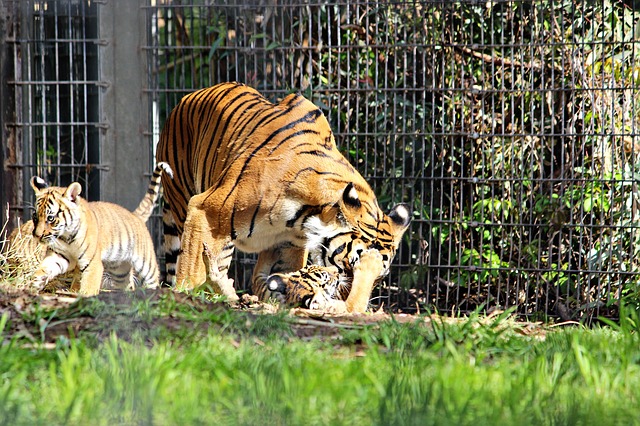Translocating Felids and Sariska Tiger Reserve
You may have heard about the loss of all tigers at the Sariska tiger reserve. It was a highly embarrassing situation for Project Tiger - now National Tiger Conservation Authority (NTCA) - management. It gradually dawned on management what had happened in and around 2004. The loss of all tigers from poaching was confirmed in January 2005. There were 15 tigers at the Sariska tiger reserve before they were poached. They probably all ended up in tiger bone wine and medicinal products in Asia. This is tragic for people who care. There has been a gradual restocking of the park. And it seems to be very gradual. Two tigers, a male and female, were translocated in 2008. And a search of the internet indicates that as at 2011 there are five tigers (2 males and 3 females) and two new translocated cubs. Cats are reportedly poor travellers, meaning poor at translocation and introduction to new habitats . This is due to the land tenure system employed by tigers and all wild felids. Also br...


